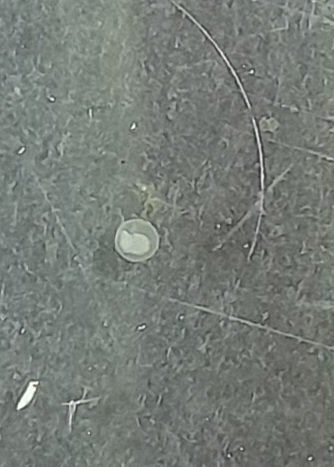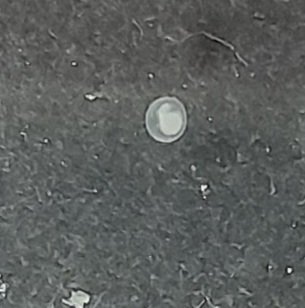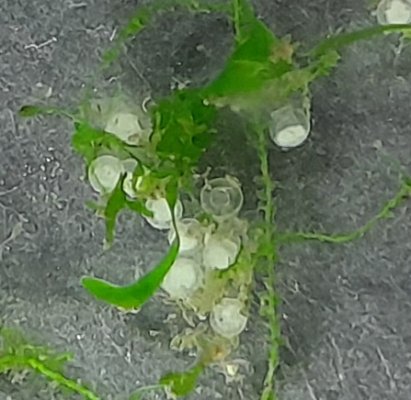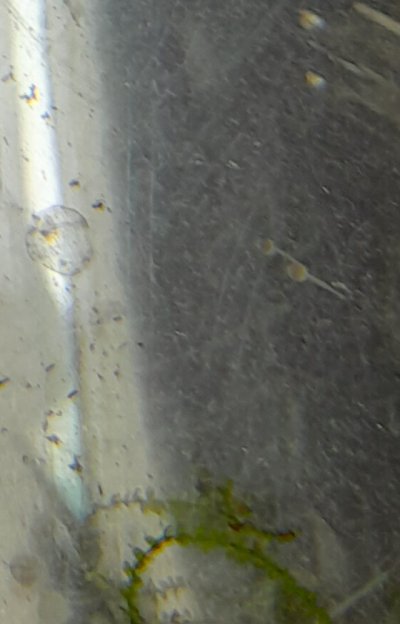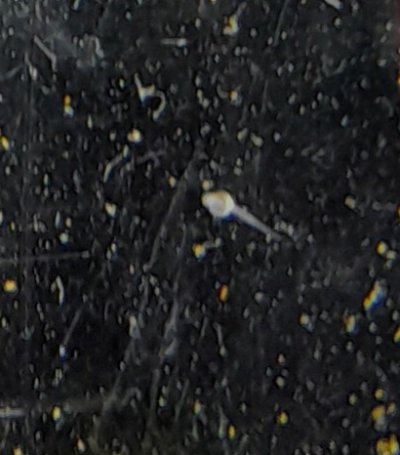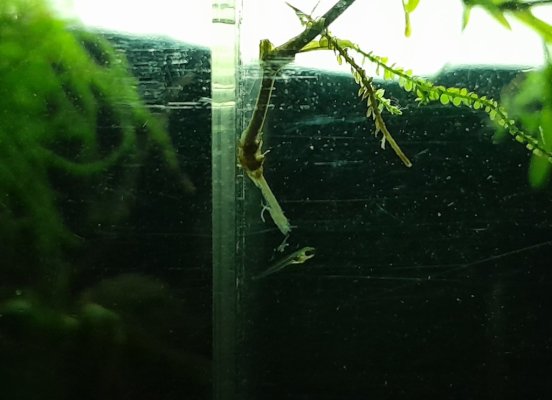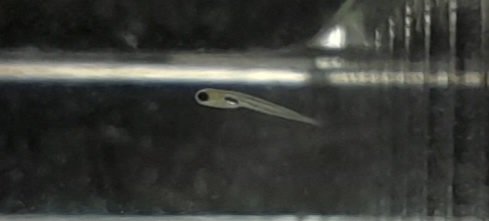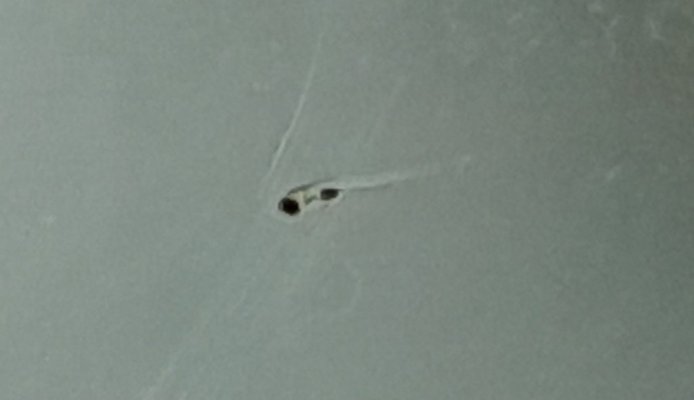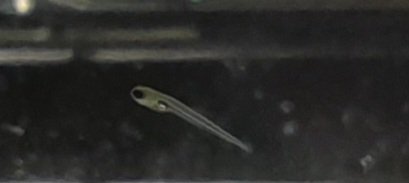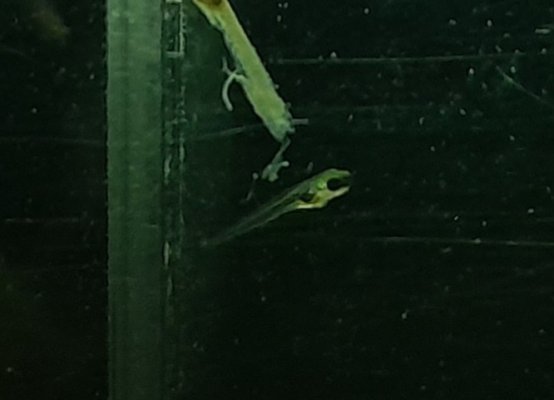So I bought 5 new glowlights (well actually 4, one was an imposter - a Celestichthys erythromicron that was in the glowlight tank at the store) 2 days ago, and yesterday while doing a water change, I noticed eggs under the moss. They spawned in the quarantine tank! I wasn't expecting it or prepared for it.
I siphoned them up and put them in a HOB breeder box attached to the QT. I've started an infusoria culture but I doubt it will be ready in time for them when (if) they hatch. Is there something else I can feed them? Will egg yolk work?
Do I need to do anything special to help them hatch? I wasn't sure if they were light sensitive like tetras, but I covered the breeder box with black paper anyway, just in case. The tank temp is around 22 - 23 C - does it need to be raised up for the fry to hatch?
The eggs have gone from fully transparent last night, to transparent with a tiny white circular / bean shape in the centre (the developing embryo?) this morning. Does that sound right or are they unfertilized eggs?
I'm hoping at least a few hatch so I can give raising the fry a go. I've only ever bred guppies or Kribensis cichlids before, both of which have fairly large fry that didn't need special fry foods (I fed the kribs pulverised egg yolk but the parents would also chew up flakes for them).
Attached a photo of the eggs in the breeder box from last night.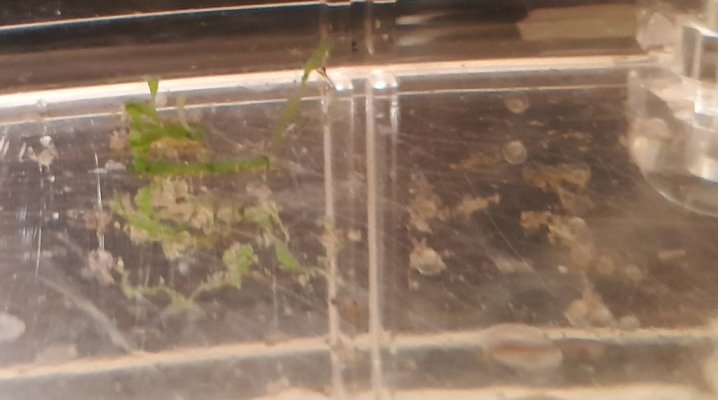
Thanks in advance for any advice or tips.
I siphoned them up and put them in a HOB breeder box attached to the QT. I've started an infusoria culture but I doubt it will be ready in time for them when (if) they hatch. Is there something else I can feed them? Will egg yolk work?
Do I need to do anything special to help them hatch? I wasn't sure if they were light sensitive like tetras, but I covered the breeder box with black paper anyway, just in case. The tank temp is around 22 - 23 C - does it need to be raised up for the fry to hatch?
The eggs have gone from fully transparent last night, to transparent with a tiny white circular / bean shape in the centre (the developing embryo?) this morning. Does that sound right or are they unfertilized eggs?
I'm hoping at least a few hatch so I can give raising the fry a go. I've only ever bred guppies or Kribensis cichlids before, both of which have fairly large fry that didn't need special fry foods (I fed the kribs pulverised egg yolk but the parents would also chew up flakes for them).
Attached a photo of the eggs in the breeder box from last night.

Thanks in advance for any advice or tips.

